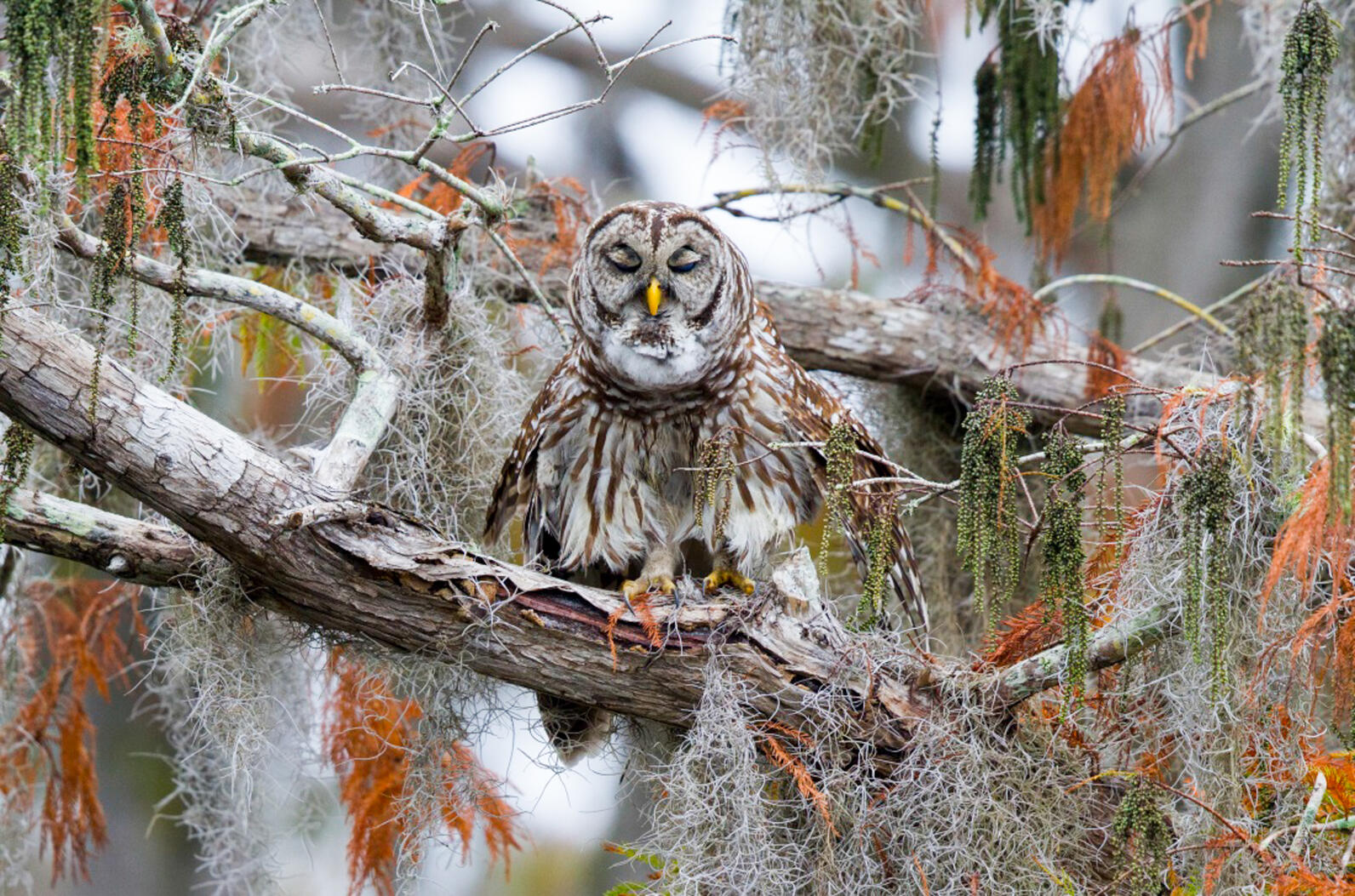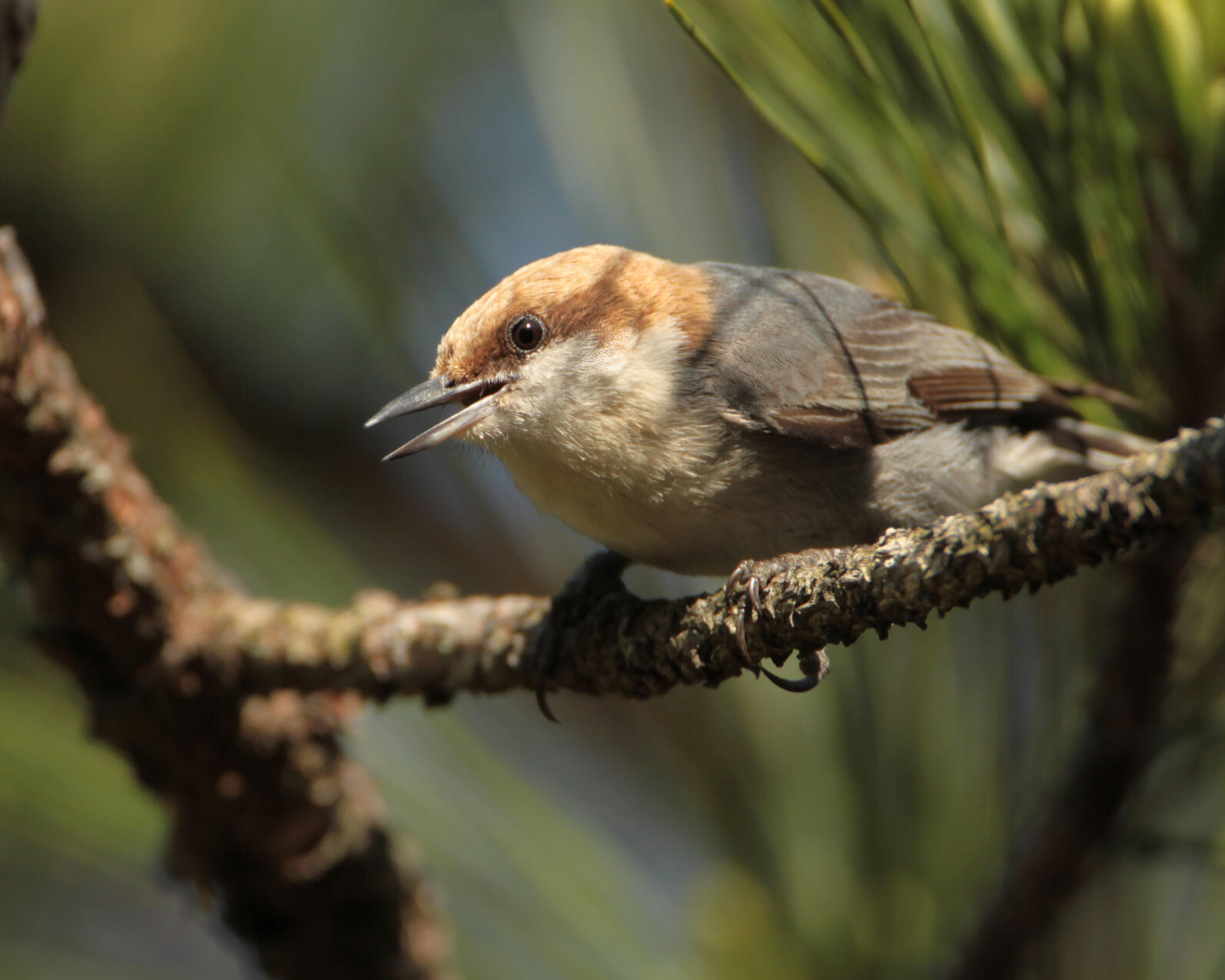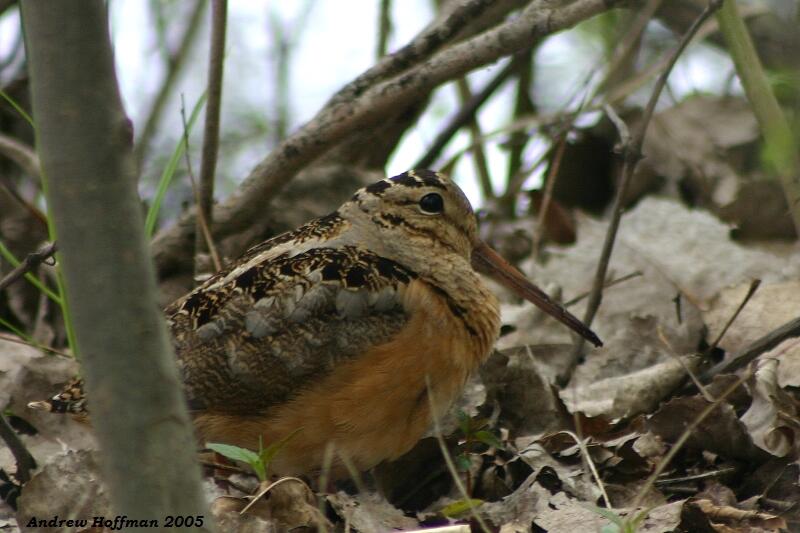Spring is still a ways off, but many birds are already busy building nests and raising their young. Tiny Brown-headed Nuthatches are scouting for mates and nest holes, while mighty Great Horned Owls have been sitting on eggs and feeding their owlets for weeks. Learn more about the birds that don’t wait for spring to get busy.
Great Horned Owls
As early as mid-winter, you can hear the deep hoots of a courting pair of Great Horned Owls in deep woods and fields across North Carolina. It won’t be long before this mighty owl begins nesting and raising owlets. It’s thought that Great Horned Owls nest early so that they have time to teach their young to hunt before the next winter begins.
Whatever the reason, something seems to be working right. Great Horned Owls are fierce and successful predators across their range, breeding from far northern Canada and Alaska all the way to the southern tip of South America.
Barred Owls
Like its larger cousin, the smaller and sometimes more suburban Barred Owls begin courting and nesting in winter. The owl’s classic call is well known—Who cooks for you, who cooks for you all? But the call most associated with courting Barred Owls is their raucous, back-and-forth hooting, sometimes described as maniacal laughter. Barred Owls lay eggs as early as December, but more typically in March and April.

Brown-headed Nuthatches
By February, when many small migratory songbirds are still on their wintering grounds, Brown-headed Nuthatches are already hard at work excavating nest cavities. This tiny bird, well known for its squeaky-dog-toy call, is one of the earlier breeders in our Southeastern pine forests. It’s unclear why they nest early, but it may help minimize exposure to hot weather. Brown-headed nuthatches prefers to nest in well-decayed snags.

American Woodcocks
The American Woodcock is a quirky bird, inspiring enough nicknames to field an entire league of minor league baseball teams—Mud Bats, Timberdoodles, Bog Suckers. This long-billed, rotund shorebird is also well known for its courtship “sky dance,” when males launch themselves into a high, twisting flight, with chippering, twittering, bubbling sounds.
Woodcocks have a long nesting period across their range, with eggs reported as early as January in South Carolina and as late as July in Connecticut. In North Carolina, peak hatching is March and early April, which means winter is the time to witness the woodcock’s courtship display.









